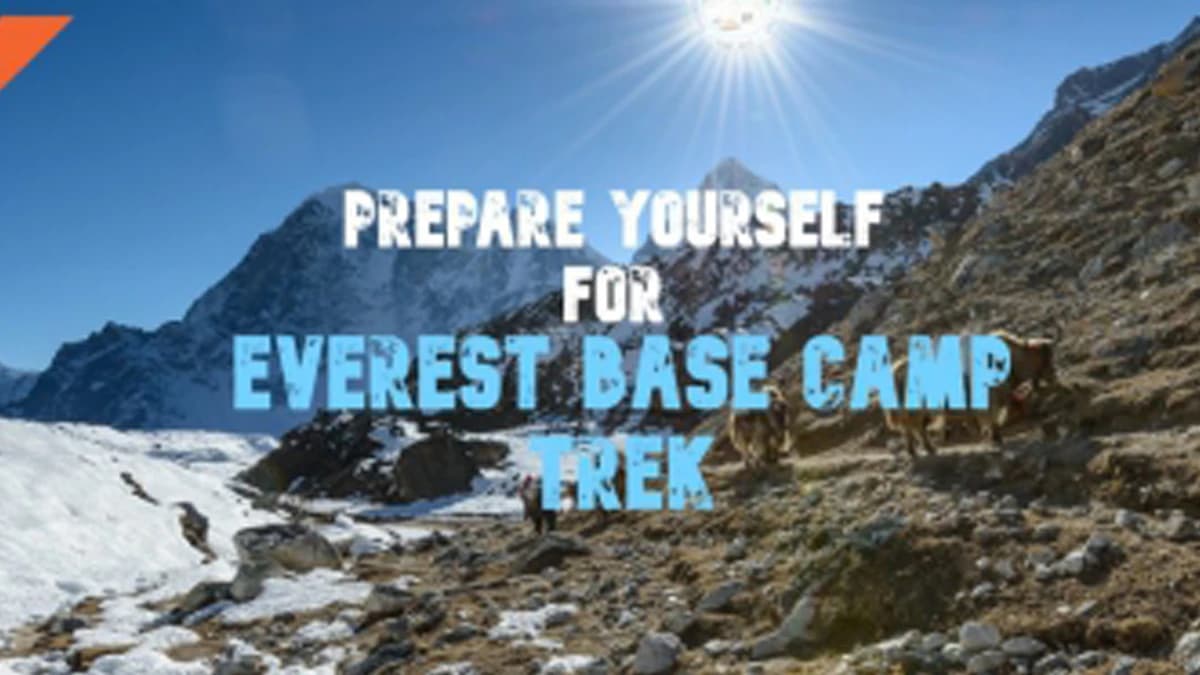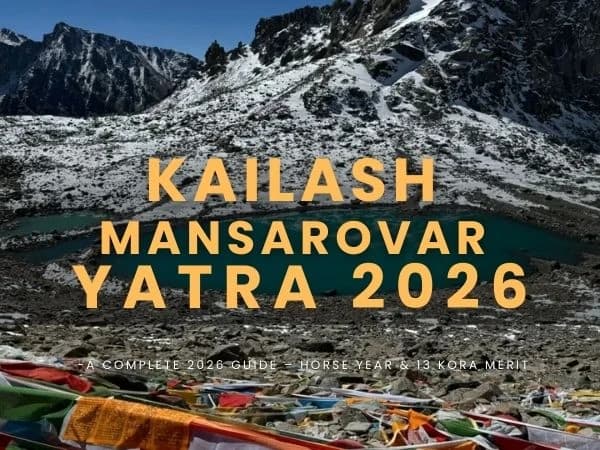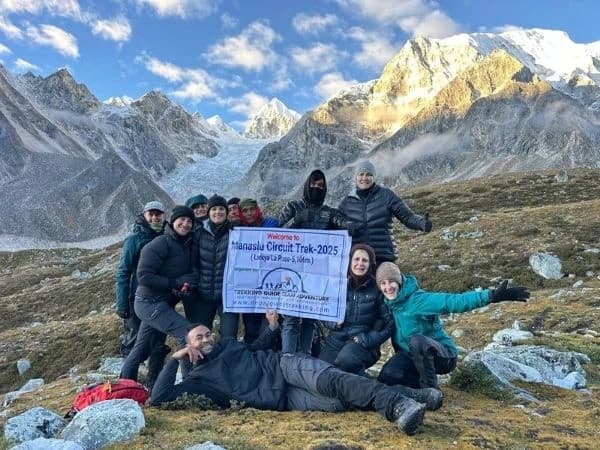Trekking to the base camp of the World’s highest peak, Mount Everest is undoubtedly everyone’s bucket wish list. But, have you ever thought of hundreds of challenges that you will come across during the base camp trek? I bet nobody imagines having a bad experience while thinking about the grand Everest Base Camp Trek. The pictures highlighting the serene beauty of the mountain ranges are enough for us to give goosebumps regardless of the adverse situations one can face during the trek. Neglecting our body’s requirements and not taking proper acclimatization during the trek is the worst thing one can do to turn the dream into a nightmare.
Although there are thousands of things one needs to take care of before joining the trip, people are mainly seen focused on physical fitness, overlooking their mental fitness that is required to overcome the challenges and obstacles along the journey. Among hundreds of ways to make your base camp trek perfect and safe, preparing for the trek months ahead is the right thing to do. To guide you on what to do and what not, we have listed a few things on our blog, how to prepare yourself for Everest Base Camp Trek to help you plan your best trek to the base camp.
✔ Get full itinerary of the epic Everest Base Camp Trek
Cardiovascular and Strength Training
What can be the best way to prepare for the trek other than doing some fun outdoors when you have plenty of time? So get out of your house and start walking/cycling or swimming.
The 15 days base camp trek requires a minimum of 5-6 hours continuous walks that consists of downhill and uphill trek through diverse terrain. So hike/walk/trek through the varied terrain at least 2 to 3 days in a week to make your body strong enough to summit the Everest Base Camp. To start with, you can make training schedules based on the elevation gains, the weight you need to carry and the total distance you have to cover daily during the trek.
Apart from this, sits up, crunches, squats, step-ups, and pulls up will help you condition your legs, and back of the body helping, you avoid injuries caused by the strain.
Mental Preparedness
Trekking in Nepal for the first time can be a lot more stressful as you are not used to many things that are very common in Nepal. From the unique foods and basic accommodation during the trek to the eastern style toilets with no toilet papers, all you can do is enjoy the adventure you signed up. The foods offered in the teahouses are the staple Nepali dish that is highly nutritious. In addition, since the toilets do not have any toilet paper, pack it yourself if you need it back here. Apart from this, you should be mentally prepared for the average walk you will be completing per day without getting any altitude sickness.
Acclimatization
The itinerary prepared by the trekking companies in Nepal has plenty of acclimatization day that will help your body adjust the change in the altitude. However, having extra acclimatization will help you adjust the low oxygen environment in a higher altitude. Spending more time in the low elevation like Namche Bazar at 3500m will help you produce more RBC, helping you to carry more oxygen. The less you acclimatize; there is a high chance of getting altitude sickness.
Clothing
Clothing right for the trek means you will have a comfortable trek till the end. The right choice of Trekking shirts and trousers, base layer, insulation layer, outer layer, waterproof and windproof jacket, raincoat, down jacket, breathable underwear thermal socks, beanie, and scarfs will help you keep the body insulated and comfortable. Whereas selecting the waterproof hiking boots will help you to maintain your steady pace during the trek.
Fuel your body and stay hydrated
Although the trekking company in Nepal plans your accommodation in a decent lodge with good food, sometimes the foods available in the base camp trail may not be of your choice and you might want to skip the meals. Skipping meals means no required food supply for the body making you weak and lethargic. So make sure to pack some of the protein bars, peanut butter, chocolates, candies, and cookies to keep the energy flow in the body. Similarly hydrating your body before the trek is also equally important, as the fluid you take will help you to maintain energy and electrolyte levels in the body decreasing the chances of being dehydrated. Continuing the trek in the state of dehydration will lead to serious health hazards including heart stroke, and kidney failure.
Conclusion
There is no doubt that the base camp trek is worth every pain and challenges, but the least we can do is keep ourselves safe from any health hazards by preparing physically and mentally for the trek. With all the right preparations, you will find yourself in the base camp amid the glorious Himalayas smiling back at you for your presence.
✔ If you are interested for EBC Trek but still confused about the package! Contact us
FAQ:
1) What kind of accommodation is available on the base camp trek?
➤ Everest base camp trek is a teahouse trekking. The teahouse have basic accommodation, serving Nepalese staple food Dal and Bhat with other side dishes. However in the major stopping points like Lukla, Phakding and Namche, you can have a luxury/deluxe accommodation of your choice.
2) Do I need permits for the base camp trek?
➤ The EBC trek require two permits namely:
Sagarmatha National Park fee that costs you 3000 NPR and
TIMS (Trekking Information Management System) costing 1000 NPR.
3) Is there WIFI on the trail to the base camp?
➤ Yes, some of the teahouses have WIFI and for the connection, you need to pay extra charge.
4) How long is the Everest Base Camp trek?
➤ The length of the trek solely depends on which route you choose among the Jiri, Phulpu and Lukla route. The Lukla route is the shortest among the three that takes from 10-15 days and can get longer if you choose to increase the acclimatization period in between the trek.
Related Blogs:
✔ Everest Base Camp Trek Insurance
✔ Everest Base Camp Trek in December
✔ Everest Base Camp Trek for Beginners





